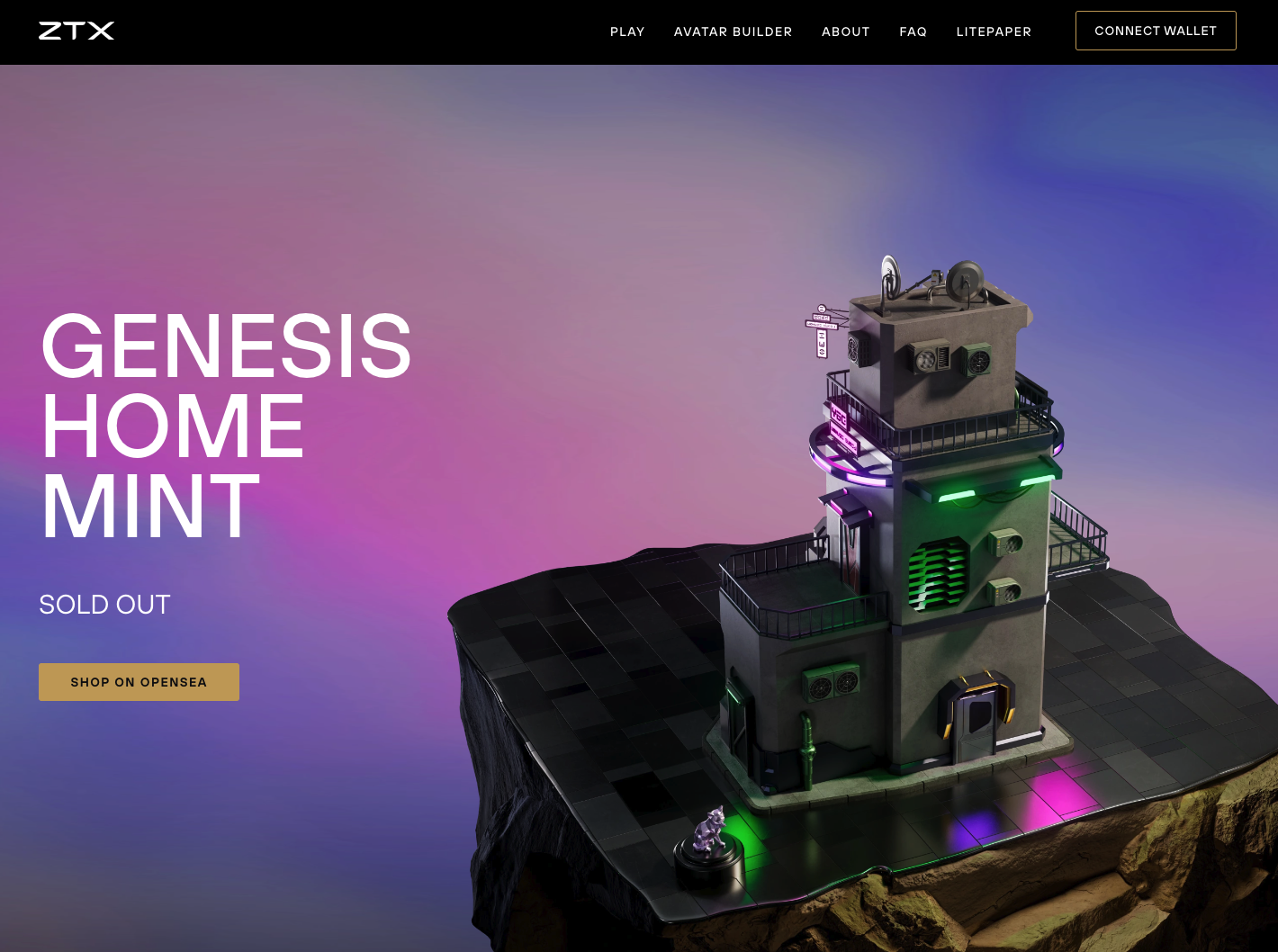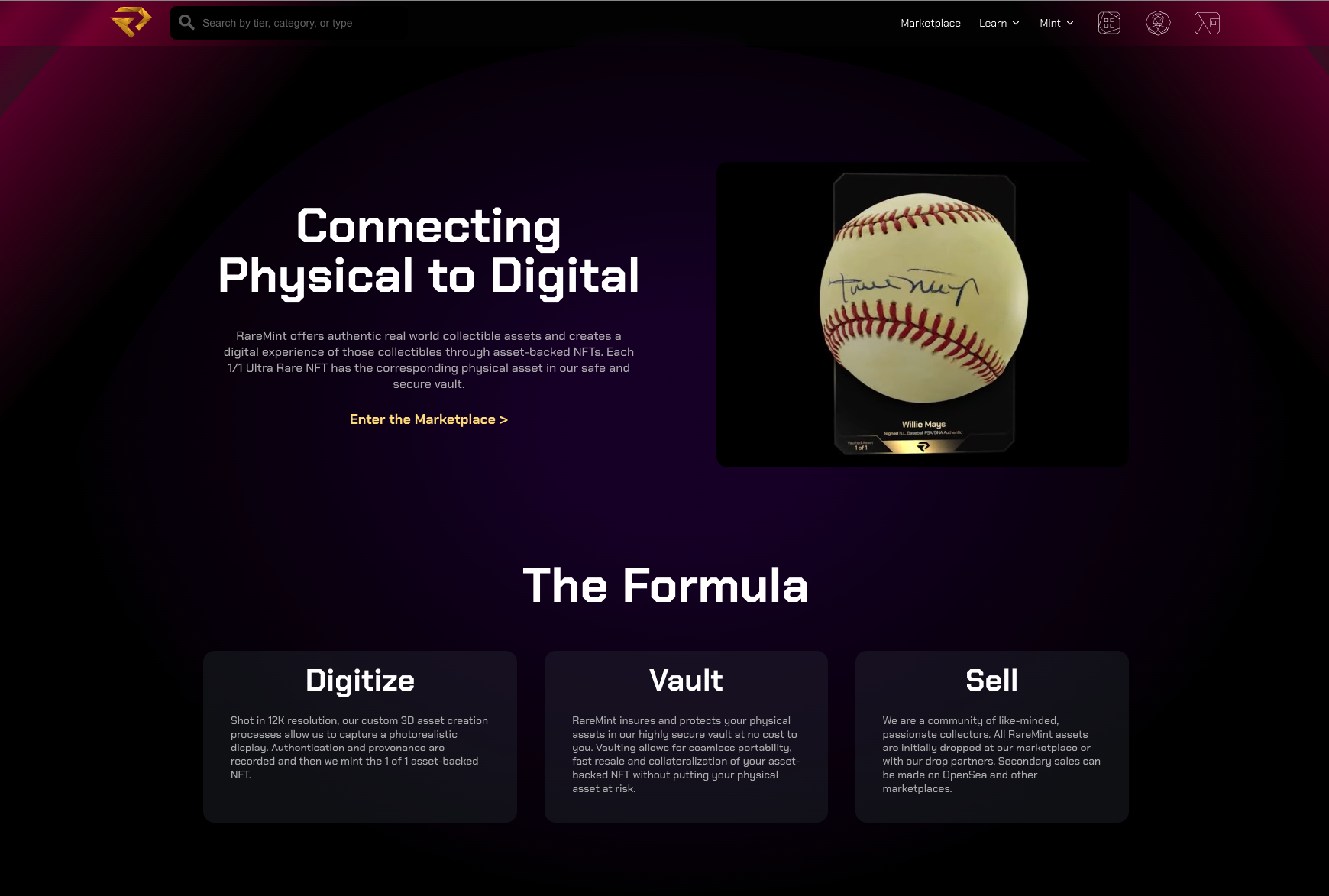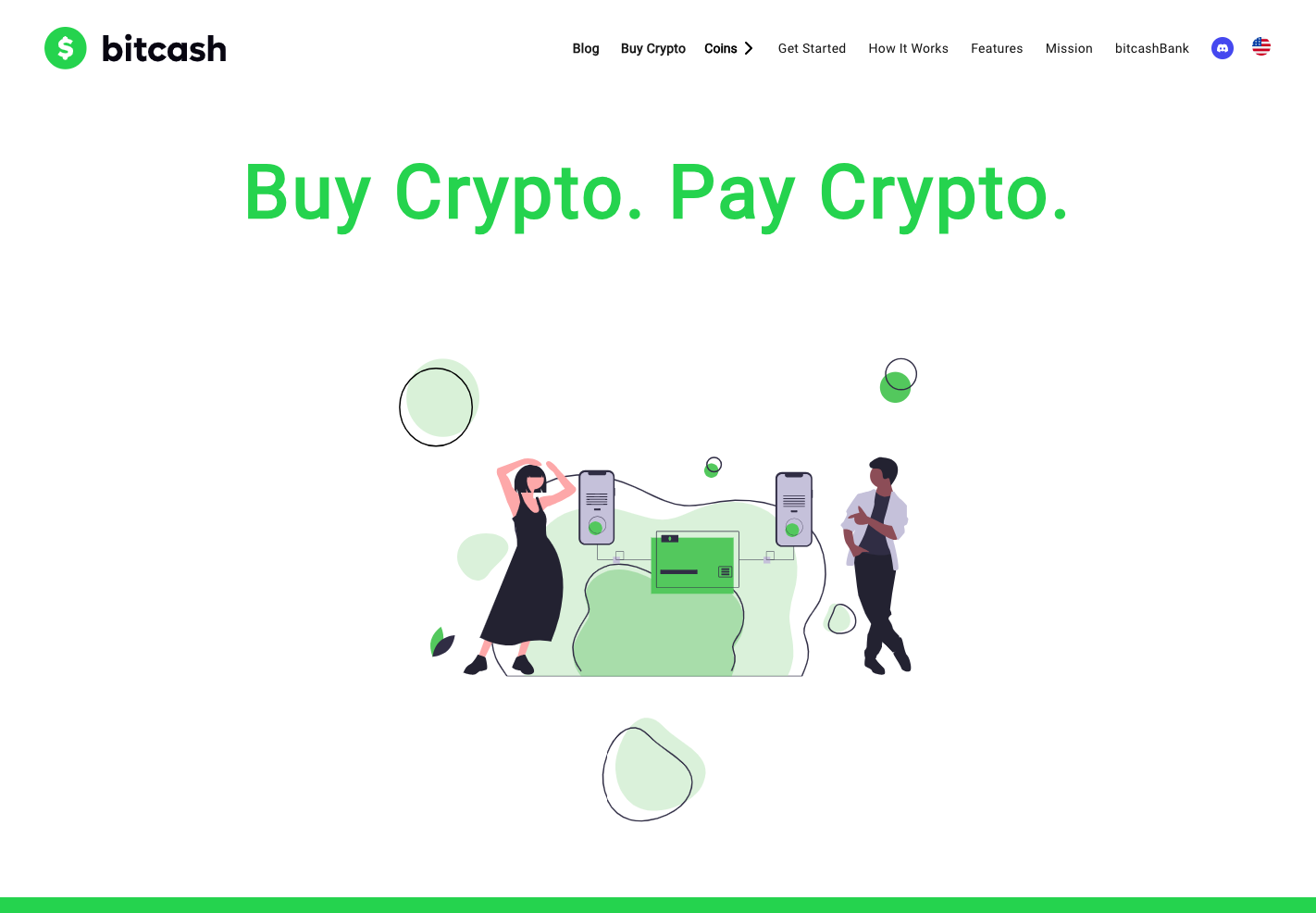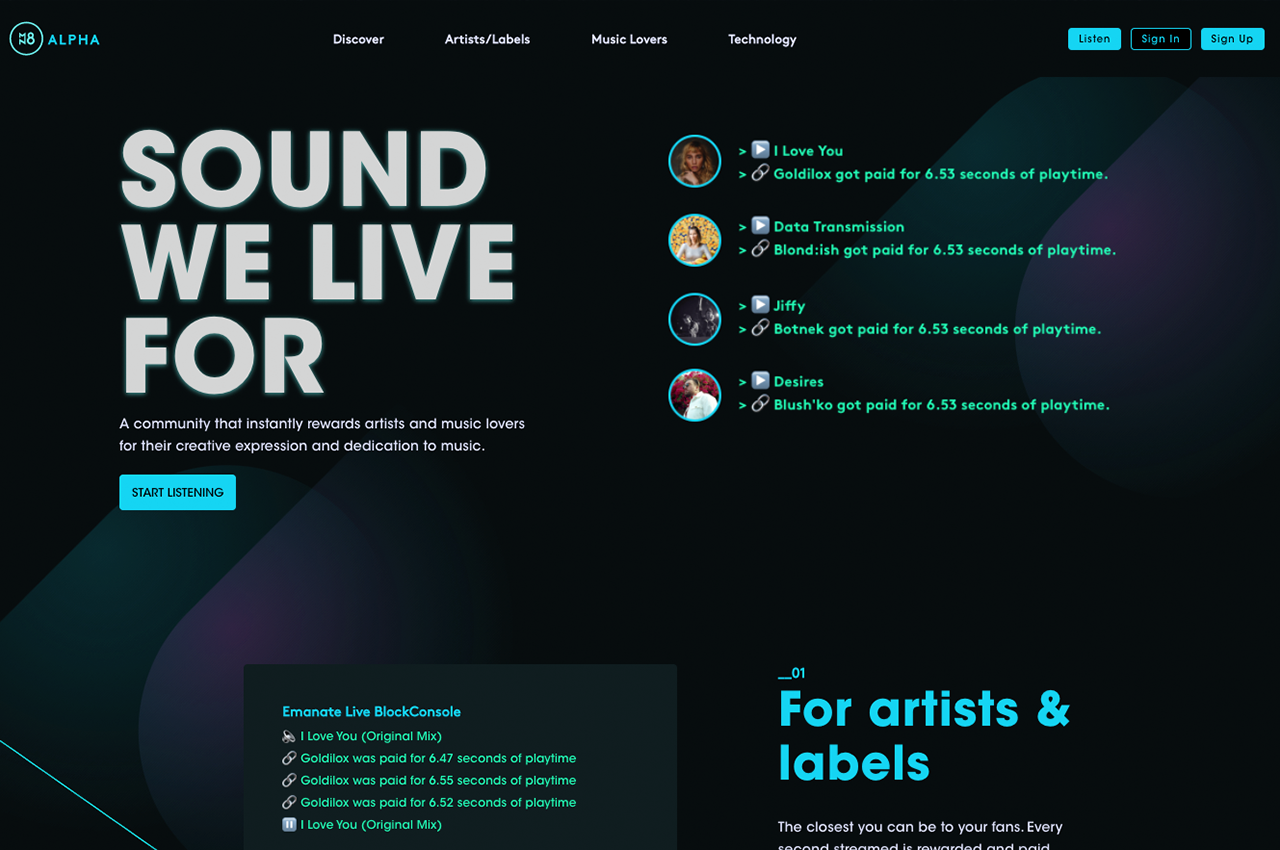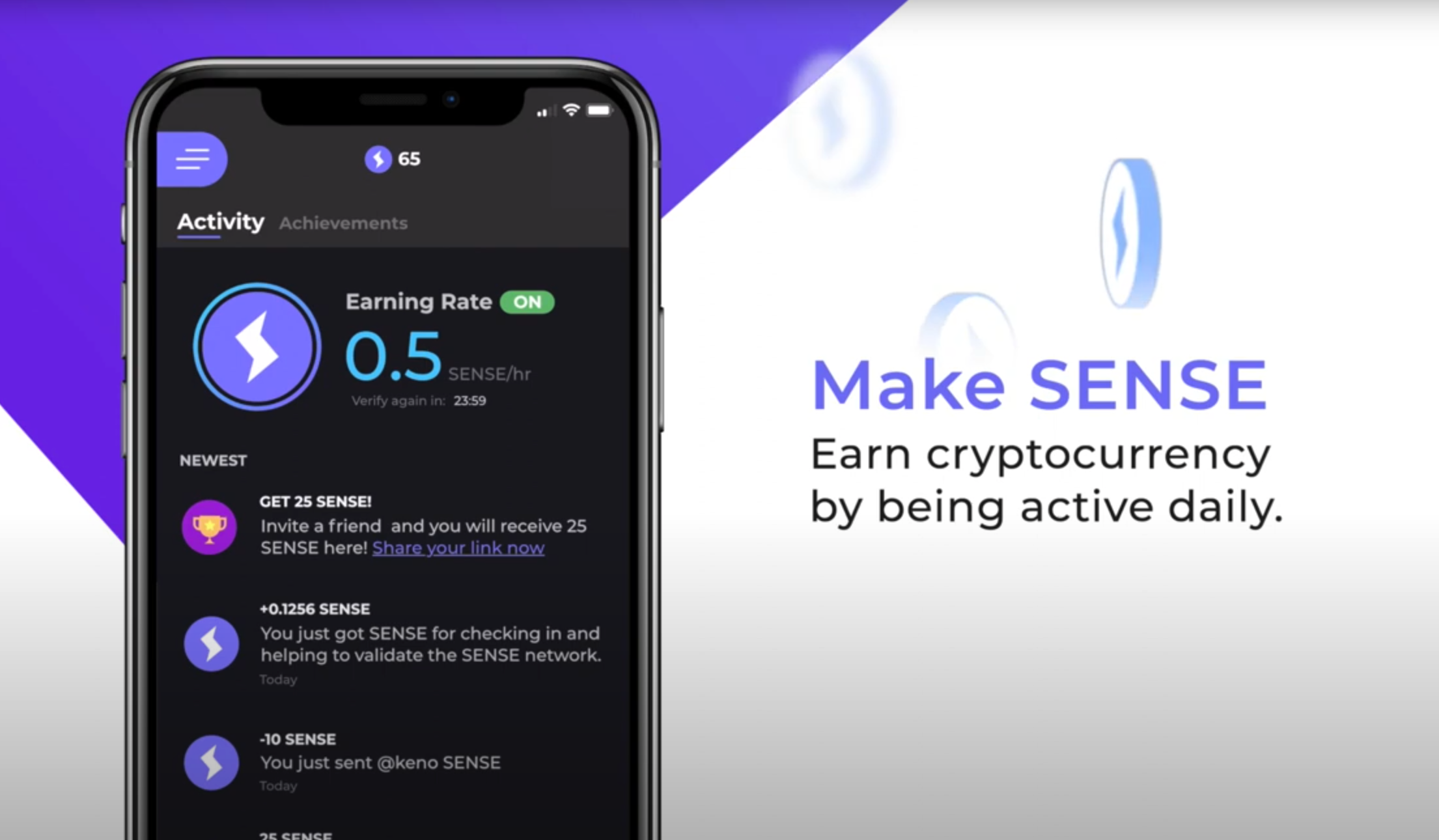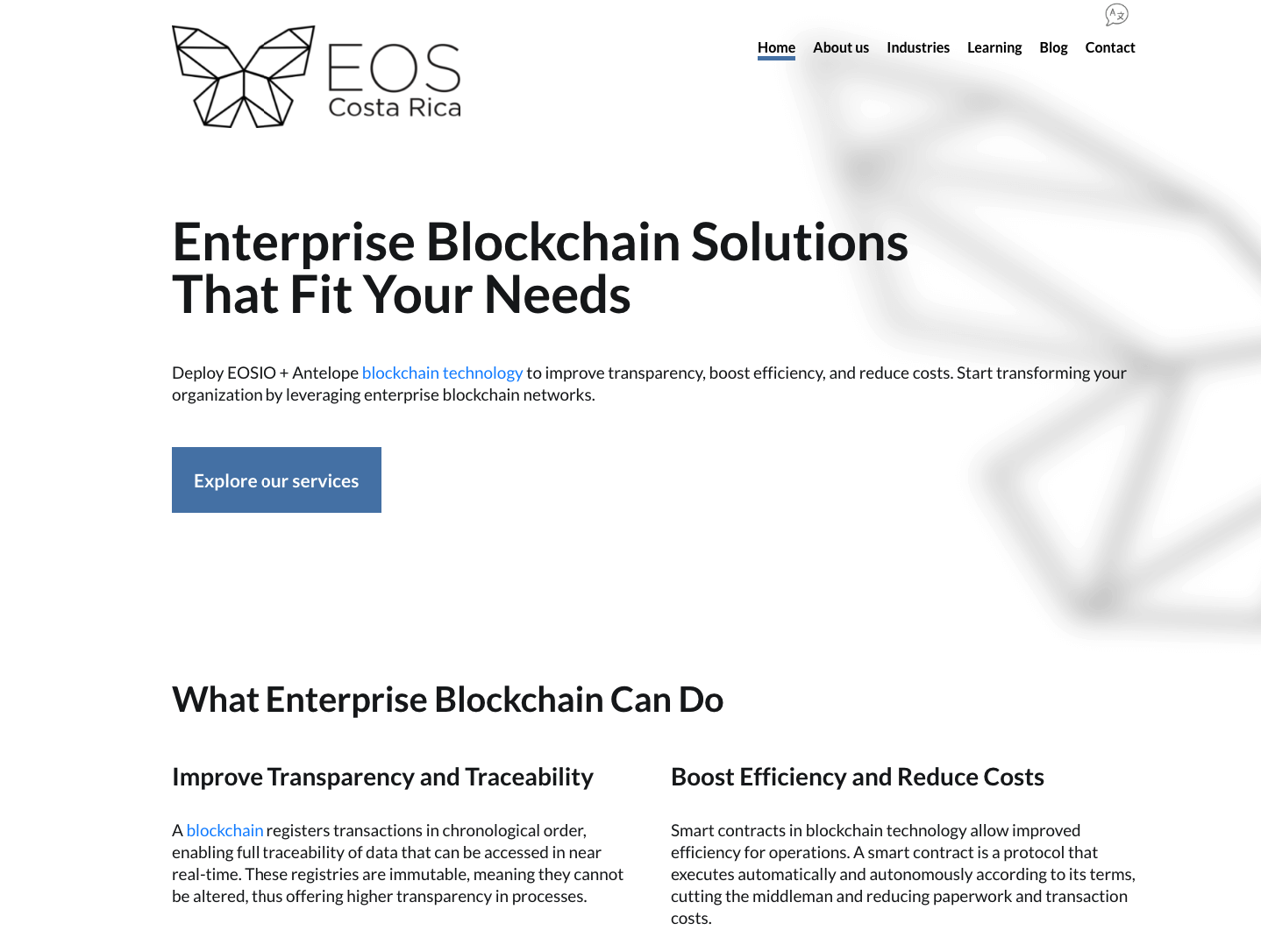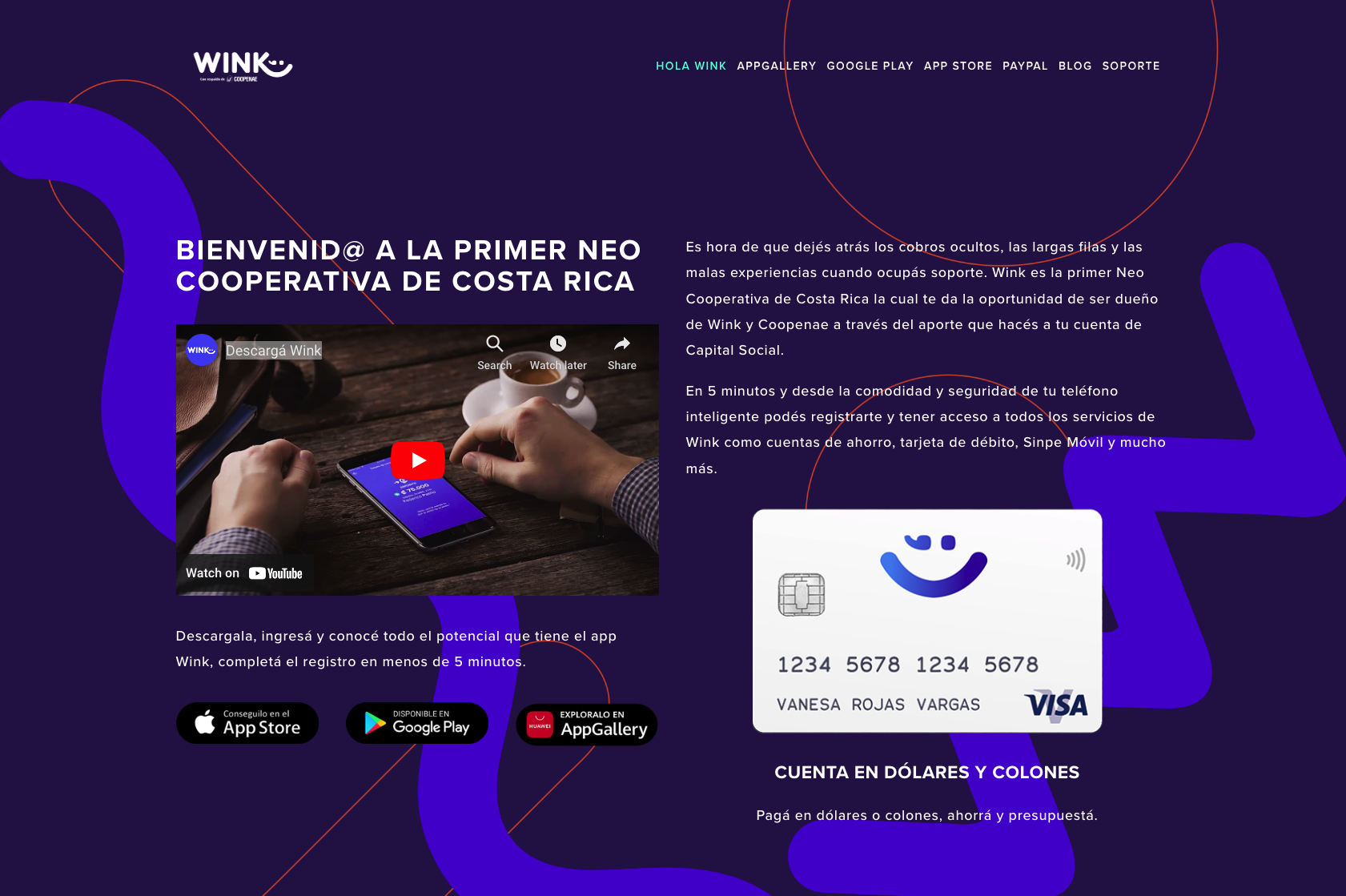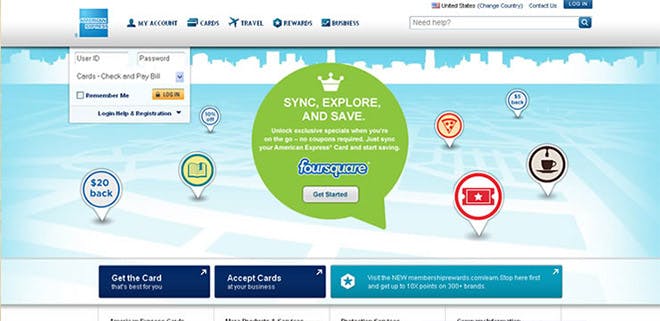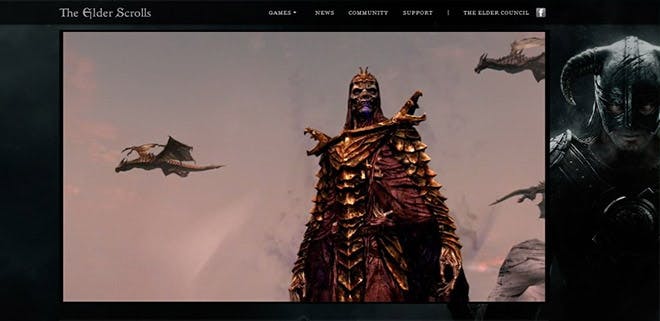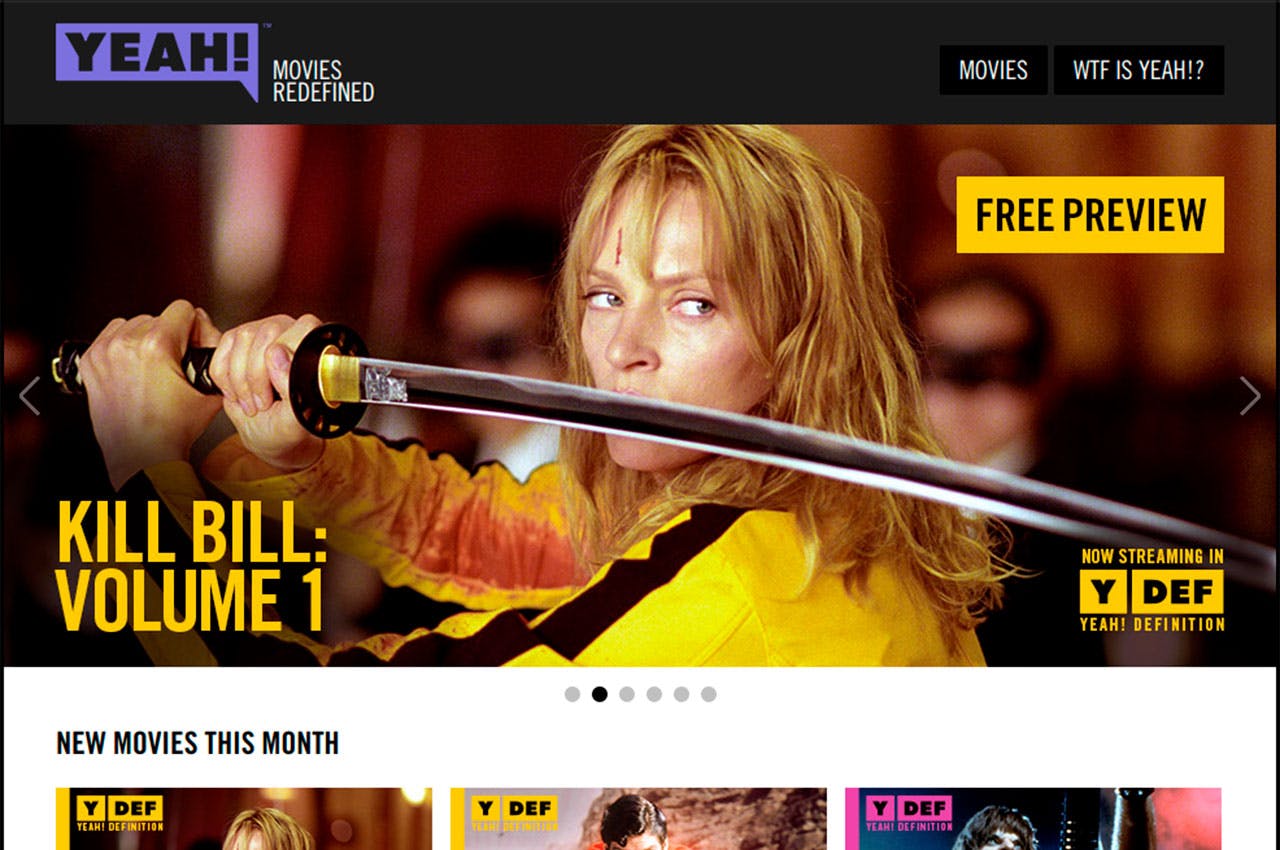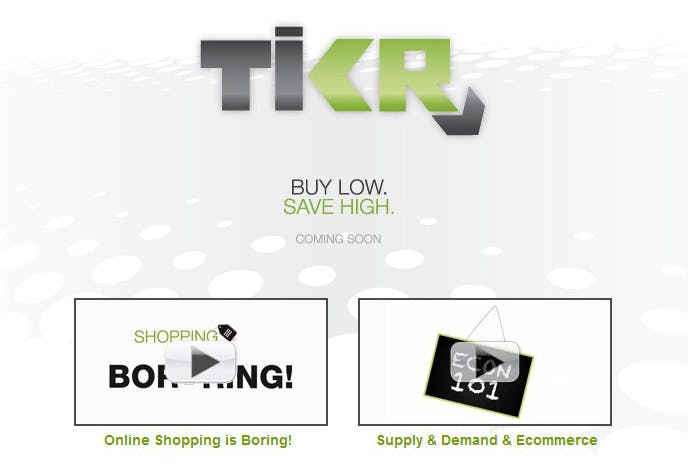Gabo Esquivel - Startup Engineering Experience
My fascination with startups began with a profound appreciation for the creative energy of early-stage companies—the unique moment when vision transforms into reality through technical execution. Growing up in Costa Rica, where innovation ecosystems were still developing, I witnessed how difficult it was for great ideas to become viable products without proper technical foundations. This perspective shaped my approach to startup engineering—I'm drawn to the "0 to 1" phase because it combines technical challenges with tangible human impact. I still remember the exhilaration of my first startup launch, watching real users engage with something that had previously existed only as sketches and code. Throughout my career, I've approached startup development as a balance of speed and sustainability—moving quickly to validate assumptions while building foundations that can support growth. This philosophy reflects my belief that the best startup technologies create value immediately while enabling future possibilities that might not be visible at the outset.
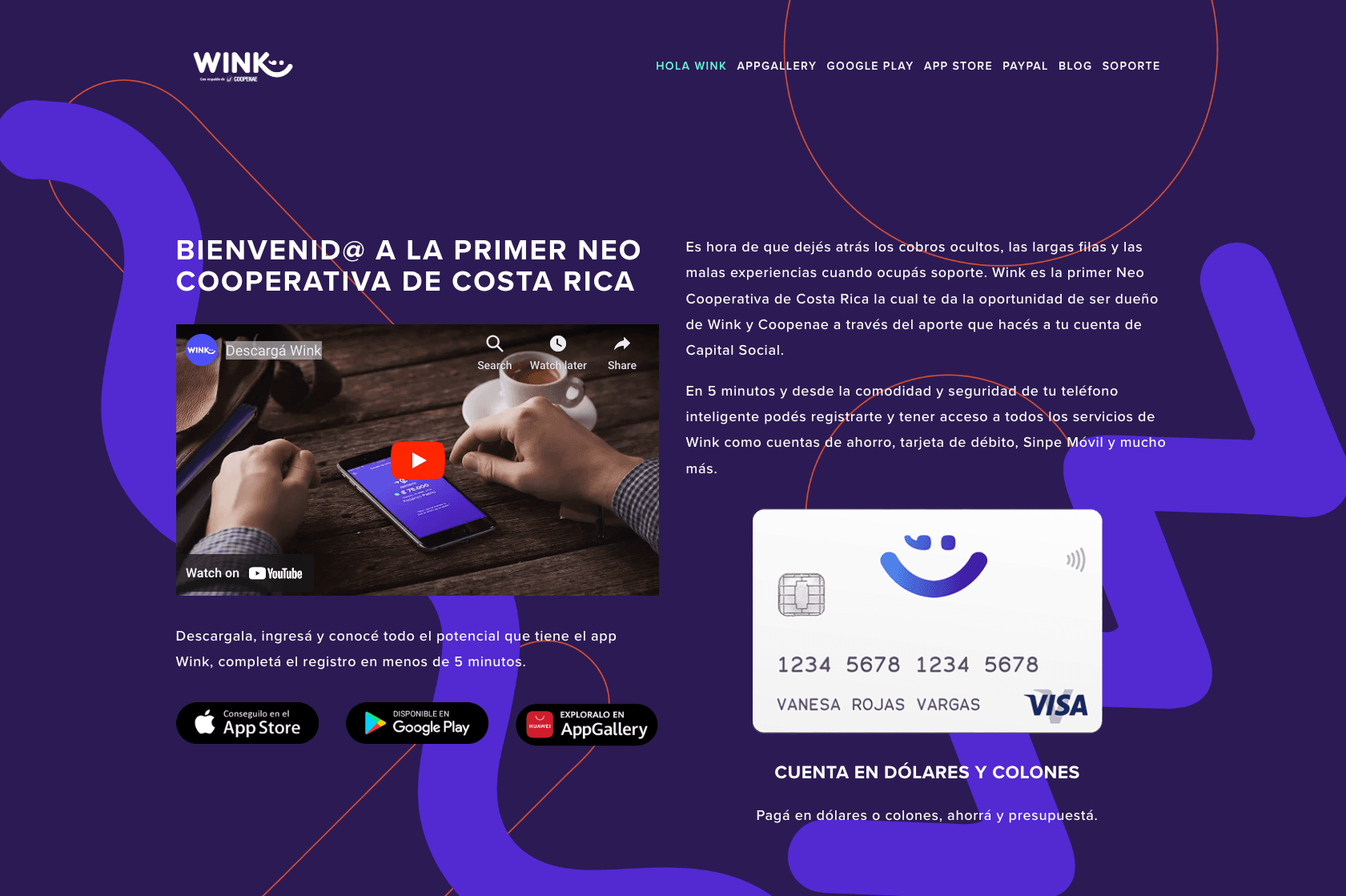
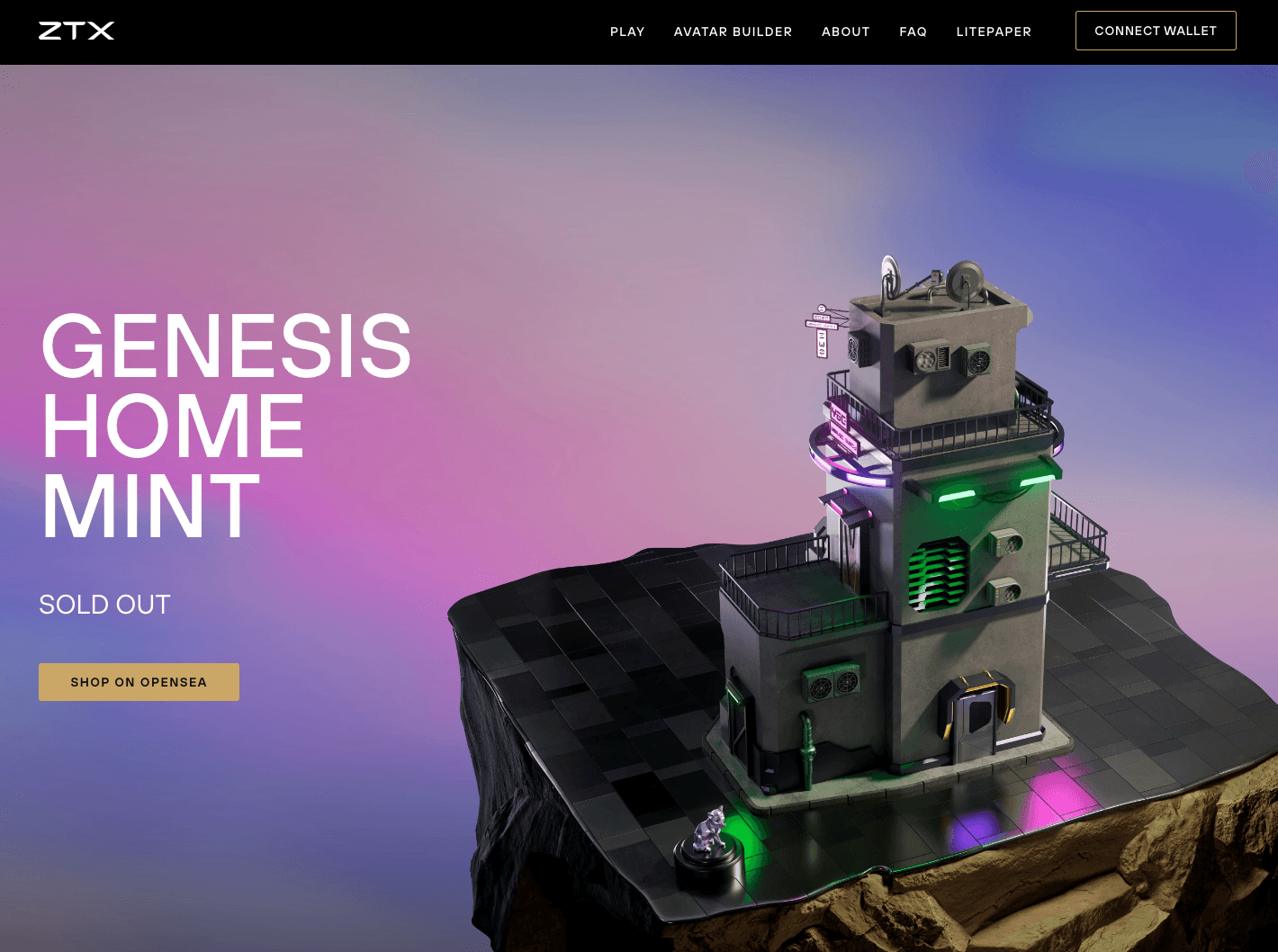
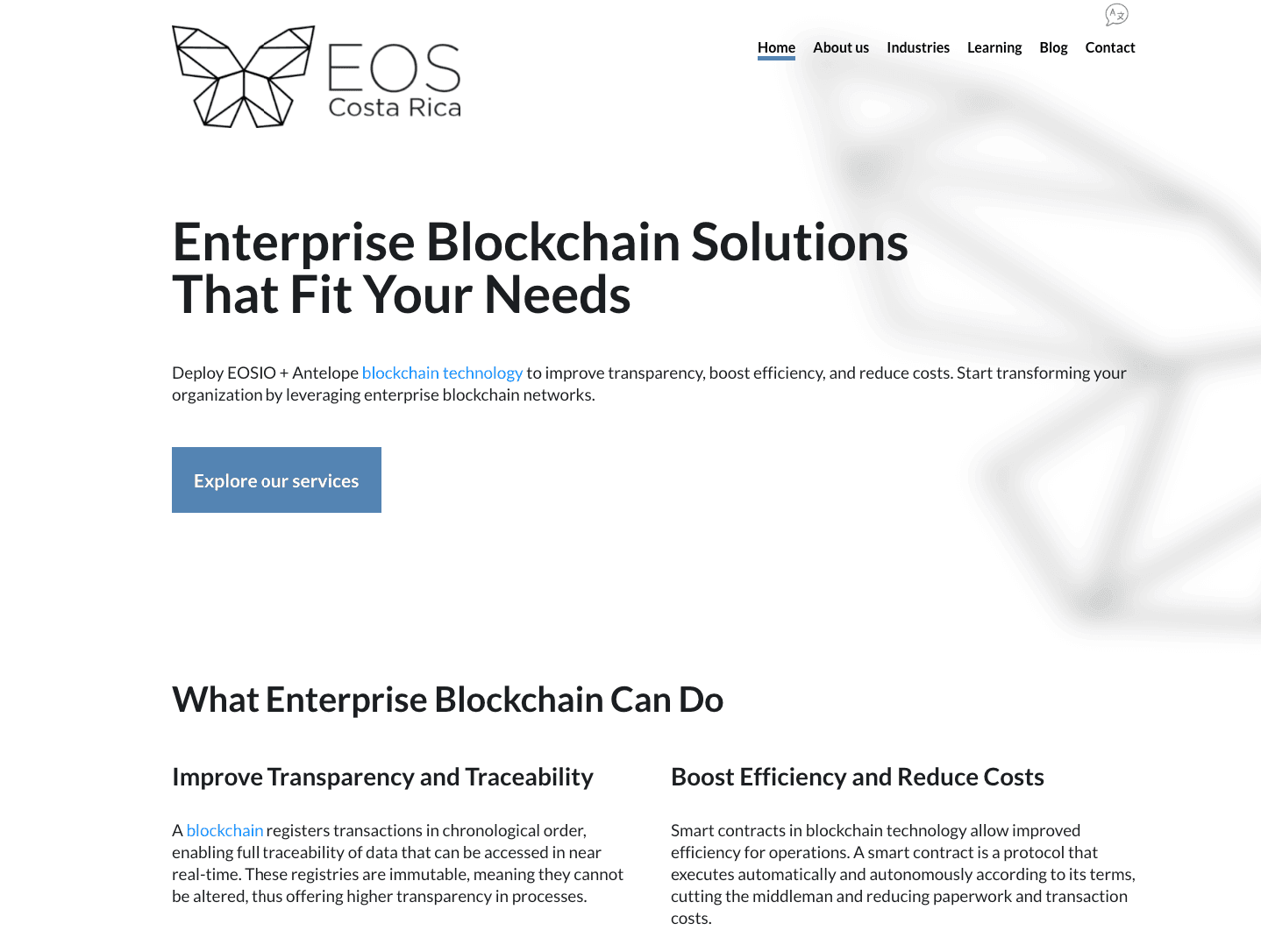
Wink: Pioneering Digital Banking in Costa Rica
My journey with startup engineering began in earnest in 2015 when I joined Wink, Costa Rica's first digital neobank. As Software Architect, I faced the significant challenge of creating a completely new financial experience in a traditionally conservative market. What made this startup particularly exciting was the opportunity to transform how people in my home country interacted with financial services—moving from branch-dependent banking to digital-first experiences. I remember the pivotal moment when we decided to build a React Native mobile app rather than a hybrid solution, prioritizing user experience despite the additional technical complexity. This decision taught me a crucial startup lesson: when creating new categories, user experience can't be compromised, even if it means more challenging engineering work.
The technical execution required integrating biometric authentication with partner bank APIs while maintaining strict security standards—a complex challenge in the regulated banking industry. I developed the first version of both the mobile app and AWS backend services, establishing technical architecture while simultaneously building and training a development team. This experience showed me how startup engineering differs fundamentally from enterprise work; we needed to create systems that could evolve rapidly while maintaining the security and reliability expected in financial services. The tension between innovation speed and compliance requirements became a formative influence on my approach to startup engineering—teaching me to design architectures that enable rapid iteration within appropriately constrained boundaries.
ZTX: Web3 Metaverse Innovation
At ZTX (2022), a Web3 metaverse platform backed by Jump Crypto and ZEPETO, I tackled the exciting challenge of building immersive digital experiences integrated with blockchain functionality. This early-stage startup required establishing foundational architecture that could blend gaming experiences with secure digital asset management. I developed the initial React architecture and built a custom WebGL EVM wallet connector, enabling users to interact with digital assets seamlessly within virtual environments.
What made this project particularly challenging was creating interfaces that felt natural for gaming experiences while maintaining the security required for blockchain transactions. I remember the breakthrough moment when we successfully integrated our custom wallet solution with the WebGL rendering pipeline—allowing users to manage their digital assets without ever leaving the immersive environment. This experience taught me how startup engineering often requires creative solutions that bridge seemingly disparate technologies, creating new possibilities that established platforms simply cannot offer. The success of ZTX demonstrated how thoughtful technical architecture can create entirely new user experiences at the intersection of gaming, social interaction, and digital ownership.
EOS Costa Rica/Edenia: Blockchain Infrastructure Pioneers
At EOS Costa Rica (later rebranded as Edenia), I led the creation of essential infrastructure for enterprise blockchain adoption. This startup journey was particularly meaningful as it represented building truly innovative technology from Latin America for global impact. As CTO, I established the engineering team and technical foundation for developing tools, applications, and infrastructure that powered the EOS ecosystem.
We created flagship projects like EOSRate, a community-driven rating platform for block producers, and developed custom private blockchain implementations for institutions like Grant Thornton. What made this startup experience unique was balancing open-source community contributions with enterprise client solutions—demonstrating how blockchain technology could serve both public networks and private business needs. The technical challenges included implementing Terraform-based infrastructure automation for blockchain deployments and developing tools that simplified complex blockchain interactions for everyday users. This experience shaped my understanding of how startup engineering can create entirely new technological ecosystems, not just isolated products.
Other Notable Startup Experiences
Crypto Banking & P2P Exchange
At BitCash (2020), I applied my experience with traditional fintech to the emerging world of cryptocurrency, developing a banking platform serving over 50,000 users across Latin America. This project represented a startup challenge at significantly larger scale, requiring infrastructure that could handle millions in transaction volume while maintaining flexibility in a rapidly evolving market. The technical innovations included implementing WebAuthn-based key management for direct in-browser transaction signing and building a real-time EOS indexer with Node.js worker threads for efficient transaction processing—making cryptocurrency accessible to everyday users in Latin America who weren't blockchain experts.
NFT Collectibles Platform
In 2021, I joined RareMint, a startup creating a bridge between physical sports memorabilia and digital NFT ownership. As Technical Lead, I balanced blockchain capabilities with familiar e-commerce experiences, creating a platform that didn't feel intimidating to users new to digital collectibles. The technical execution included building a specialized EVM NFT data indexer using Moralis streams and refactoring the marketplace with Remix for server-side rendering—significantly improving performance for NFT browsing and trading.
AI & Crypto Launchpad Platform
At BitLauncher (2022-2023), I integrated my Web3 expertise with emerging AI capabilities. As Tech Lead, I architected a platform that helps AI startups raise capital through token auctions—creating infrastructure that serves both technical blockchain operations and user experience requirements for investors and founders. The technical implementation included building a custom token bridge for cross-chain transactions, implementing Gnosis auction contracts, and developing a sophisticated indexing system for real-time transaction monitoring and analytics.
What distinguished this project was the integration of AI not just into the product, but into our development processes. I established an AI-driven development workflow using tools like Claude Sonnet, v0.dev, and Cursor IDE, significantly enhancing team velocity while maintaining code quality. This approach allowed our small team to accomplish technical objectives that would typically require significantly more resources, demonstrating how AI can transform startup engineering practices.
AI Assistants for Professional Domains
Building on the AI capabilities developed at BitLauncher, I helped create Masterbots.ai (2023-2024), a platform for domain-specific AI assistants capable of performing advanced tasks beyond basic information retrieval. I architected a system using Next.js with vector search capabilities, enabling natural language interactions with complex domain knowledge.
Most recently, at LegalAgent (2024-2025), I've applied AI to professional workflows in the legal field, creating an assistant that combines voice and chat interfaces to help lawyers navigate case information. The technical implementation required sophisticated RAG architecture with careful attention to data security and privacy, balancing powerful AI capabilities with the strict confidentiality requirements of legal work.
Startup Projects
Let's Work Together
I typically work through remote 1099 contracts via my US-based company, Blockmatic Labs LLC. This setup gives clients straightforward contracts, built-in compliance, and IP protection. Based in Costa Rica, I operate on US Mountain Time and am just a short flight from major US cities.
If you’re exploring something ambitious—a decentralized system, an AI-powered product, or an idea that needs a strong technical foundation—I’d be happy to hear from you.



